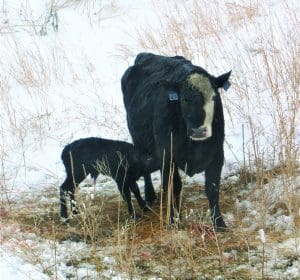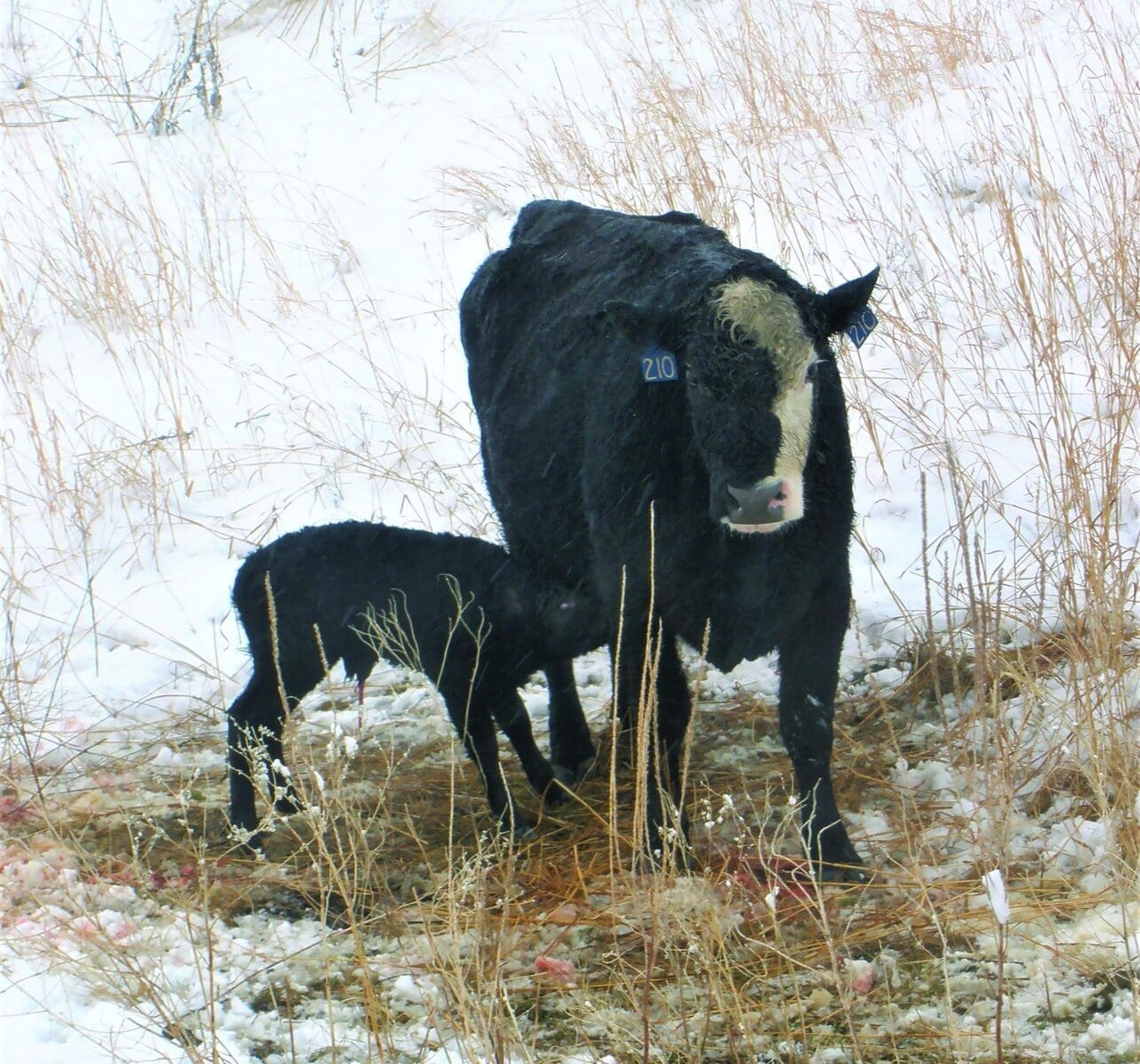
By Patti Wilson Contributing Editor
Scientists are speculating that the Genetic Age is over in terms of research. Entire genomes of plant and animal species have been mapped, and, although no doubt studies will continue, the focus is now on epigenetics.
What is Epigenetics?
Epigenetics, according to the Live Science website, literally means “above” or “on top of” genetics. It refers to external modifications to DNA that turns genes “on” or “off.” These modifications do not change the DNA sequence; instead, they affect how cells “read” genes.
According to Rachel Ratner on the website, “Epigenetic changes alter the physical structure of DNA.” Examples of an epigenetic change are most often DNA methylation and histone modification. The reactions caused by these two chemicals enable certain proteins to “read genes.” Confusing? Yes, to be sure. Imagine brain, skin and muscle cells. All three contain the exact same DNA, but their genes are expressed differently, making them three completely unique organs. Epigenetics is responsible for creating different cell types.
And So It Continues
That is only the beginning. These modifications continue on throughout the life of every animal. I wrote an article in the April/May 2021 CALF News explaining fetal programming in cattle. It follows the epigenetic studies of the “Hunger Winter” experienced in Holland during World War II. Results of this disaster shined light on the importance of proper nutrition during pregnancy in humans. The resulting research spilled over into the livestock industry.
Epigenetics start with conception and follows us and our livestock through life. Environment, it is proven, affects gene expression and has fueled the longstanding argument about nature vs. nurture.
A Genetics Digest article by SEO, undated, says “During early life, the environment can affect gene expression. It can occur without causing any changes to the underlying gene. In essence, the environment can affect which genes are active and which remain dormant. The environmental aspect can have an impact on diseases such as cancer development and other disease risk.”
The article goes on to say that egg and sperm cells may contain many epigenetic changes. “Most of the changes that occur in the egg cell or sperm are rid off when there is a combination to create a fertilized egg through reprogramming. The reprogramming makes it possible for the cell of a fetus to begin from scratch and build their [own] epigenetic variations. However scientists believe that some of the epigenetic change can avoid the ridding process. They will thus make it into the next generation.”
It has been proven in animals that the kind of feed provided and the environment affects their offspring.
Let’s Talk Livestock
Management and environmental factors are associated with epigenetic changes in cattle. An October 2022 article by Chad Dechow in Hoard’s Dairyman discusses several situations that affect both beef and dairy bovines.
One problem we all deal with is heat stress, an issue that has been studied as much as any other problem covering all classes of livestock. It affects gain in feedlot cattle and milk yield in lactating cows. “Researchers have also demonstrated that the unborn daughter a cow is carrying during heat stress has lower milk yield than expected,” Dechow wrote. “A heat-stressed cow’s granddaughter also produces less milk. Unlike males that begin producing sperm at puberty, a female’s eggs are generated before they are born. Heat stress can thus affect three generations simultaneously. Transmission of epigenetic alterations to the fourth generation and beyond has been documented in plants, but not yet cattle.”
All of us who have calved a significant enough number of cows have dealt with coliform mastitis. The watery appearing milk is a reflection of the gene activity in the udder. “Genes that facilitate production of casein milk proteins are turned off during a coliform infection, and it is casein that gives milk its white color. Take casein and its white color away and you are left with a watery substance.”
It is specifically caused by DNA methylation. Scientists are beginning to ask whether it is possible to alter DNA methylation to improve cow performance and whether changes to DNA methylation can be transmitted from one generation to the next.
We all know that transportation of females during pregnancy is stressful, as are poor cow health and inadequate energy balance. All of these have unfavorable epigenetic effects in scientific research.
Another study has shown, for example, that fresh heifers milked four times daily at the beginning of their lactation will continue to produce more milk than those heifers milked twice daily.
Progressive cattlemen who employ In vitro fertilization (IVF) and cloning are at risk of disrupting the “reset” of epigenetic programming during fertilization. This can result in higher rates of abortion and calf mortality. Although IVF procedures haven’t seemed to have suffered significant setbacks, cloning has proved a more challenging practice.
Other Interesting Tidbits
The domestication of animals over thousands of years has, hypothetically, been accelerated by epigenetics. While evolutionary changes take millions of years, livestock and pets have evolved quickly, thanks to breeding selection pressure by humans. Still, progress has been made at such an astonishing pace that scientists lean heavily on the hypothesis that some epigenetic changes in confined/domesticated animals can be maintained along with their induced phenotypes. The consensus is that epigenetics plays an important role in speeding their evolutionary process.
Take, for example, dogs. What specie of animal has such a vast array of body types, size, style and function? What other critter has had more human contact over time than canines? To think that all of today’s dogs – from mastiffs to toy poodles – evolved from the gray wolf. The multitude of changes that have developed from a single wild animal have made canines into a whole other species.
Another interesting thought is the change that happens to human maternal twins as they age. Genetically identical at birth, each goes on to live their own life. Although they may maintain a remarkable resemblance, the siblings slowly develop their individual habits and establish their own environments as time passes, leading inevitably to changes in health status and life expectancy. Life itself causes their physical makeup to shift through epigenetics, until they really may not be so identical.
It is generally accepted by the scientific community that epigenetics can play a role in certain kinds of cancers. A change that suppresses a tumor-suppressor gene could lead to uncontrolled cellular growth.
Pollution is in focus, as well. Human surroundings are being tagged as most influential on epigenetic reaction and susceptibility to disease. Air contamination is among the most important risk in the development of neurodegenerative diseases, with B vitamins one of the greatest assets in health protection.
In my opinion, the study of epigenetics may be the most complicated and hard-to-comprehend component of biology we have ever undertaken. It ties into every aspect of our daily lives, and we don’t even know it’s there, where it comes from or where it is taking us.
Examples abound about cattle management and its effects on performance. Look it up on the internet, but don’t expect an easy read. It is a most difficult subject to understand.







